MUSCULOSKELETAL CARE
NECK PAIN
AND HEADACHES
Neck pain or restricted movement are primarily from the muscles, ligaments and joints around the cervical spine, but in many cases can be driven from other locations such as the thorax, ribs and pelvis. Tension headaches or pressure at the base of the skull are commonly experienced in the presence of a cervical spine dysfunction and can be incredibly debilitating.
With more than 80% of Australians spending more than 3 hours each day sitting during their leisure time alone it is no surprise that the chance you will experience neck pain in your lifetime is more than 50%. (The Australian Institute of Health and Welfare 2012)
Treatment
At Women in Focus we will take a detailed history from you, complete a thorough physical assessment and provide you with a treatment plan based on your individual needs.
Our physiotherapy treatment plan for you may include:
Joint mobilisation or gentle traction techniques to improve hypomobile (stiff) neck joints
Muscle Energy Techniques (MET)
Deep neck muscle strengthening to stabilise and control hypermobile neck joints
Soft tissue massage to relax tight or overactive neck muscles and suboccipials
Assessments of the thorax, ribs and pelvis to identify any other potential drivers
Postural muscle strengthening including shoulder blade and neck muscles
Postural advice and correction including exercises and / or taping techniques
Dry needling
Nerve gliding techniques to address neural irritation
Helpful ergonomic work set up and lifestyle advice
Relaxation techniques
Physiotherapy treatment has been proven to be effective in managing and preventing neck pain and optimising your overall physical health.
CauseS
Common causes of neck pain and headaches:
Holding the neck and head in poor postures for long periods (i.e. prolonged breast or bottle feeding positions, computer or texting on mobile phone)
Poor workplace ergonomics
Repetitive head movements
Excessive stress or anxiety
Sleeping in awkward positions
Trauma (such as a whiplash injury)

